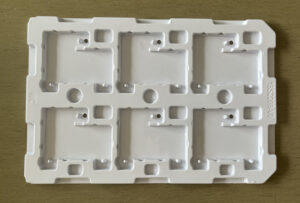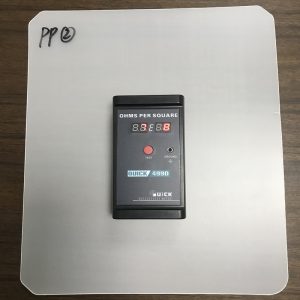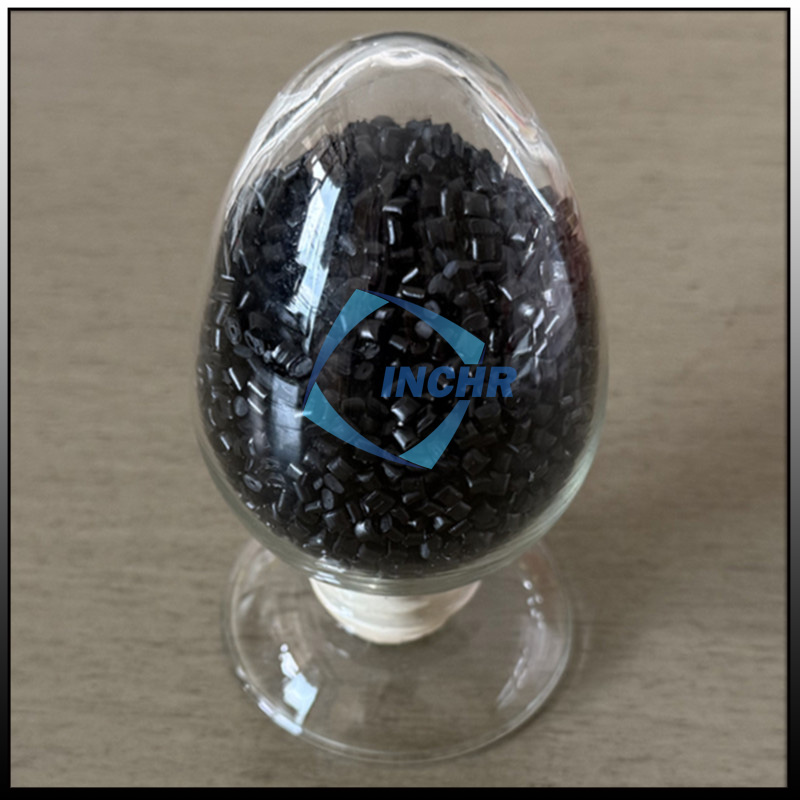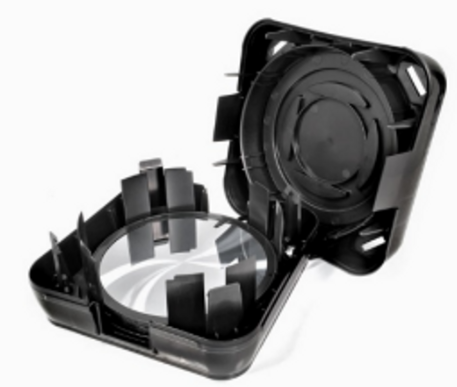Why do we need to use permanent antistatic masterbatch in ABS PP PS sheets?
1. Prevent static electricity generation and accumulation
- During the production, processing, and use of ABS, PP and PS sheets, friction between sheets and between sheets and other objects will generate static electricity. Antistatic masterbatch can effectively reduce the surface resistance of ABS,PP and PS sheets, allowing static electricity to be quickly conducted and dissipated, avoiding the accumulation of static electricity. For example, in the packaging of electronic products, the use of ABS and PS sheets with permanent antistatic masterbatch can prevent static electricity from damaging electronic products.
- In some industrial fields that are sensitive to static electricity, such as semiconductors and medical treatment, antistatic ABS,PP, and PS sheets can ensure the safety and stability of the production process and avoid dangers such as fire and explosion caused by static electricity.

2. Improve production efficiency
- The presence of static electricity will cause ABS, PP, and PS sheets to absorb dust, impurities, etc., affecting the surface quality and processing performance of the sheets. After adding a permanent antistatic masterbatch, the static electricity on the surface of the sheet is reduced, which can reduce the adsorption of dust, keep the sheet clean, and improve the yield rate in the production process.
- During the processing of sheets, such as cutting, stamping, and thermoforming, static electricity may cause the sheets to stick to the equipment, affecting production efficiency. The use of an antistatic masterbatch can reduce the electrostatic adsorption between the sheets and the equipment, making the sheets smoother during processing and improving production efficiency.
3. Improve the performance of ABS PP PS sheets
- In some ABS and PS sheet products that need to come into contact with the human body, such as plastic tableware and toys, static electricity may cause discomfort or even electric shock to the user. The application of an antistatic masterbatch can eliminate this static phenomenon and improve the comfort of the product.
- For some PS sheets that require subsequent processing such as printing and coating, the masterbatch can improve the surface properties of the sheets, and improve the quality and adhesion of printing and coating.
4. Expand the application field of sheets
- Due to the addition of antistatic masterbatch, the antistatic performance of ABS and PS sheets is improved, so that they can be used in some fields with high requirements for static electricity, such as antistatic packaging, antistatic flooring, antistatic workbench, etc.
- In special fields such as aerospace and military, antistatic ABS and PS sheets also have important application value and can be used to manufacture various antistatic parts and equipment.

How to use permanent antistatic masterbatch in ABS PP PS sheets?
1. Choose the right antistatic masterbatch
First, determine the usage scenario of ABS, PP, and PS sheets, and the degree of requirements for static control. Consult the antistatic masterbatch supplier to understand the characteristics, application scope, and addition ratio recommendations of different types of masterbatches. The time-effectiveness characteristics of masterbatches are short-term and permanent; the performance characteristics are precipitation and non-precipitation, etc. The addition ratio is an important factor, which is between 10% and 60%, but the specific ratio will vary depending on the masterbatch performance, ABS, PS sheet raw materials, and production process. Generally, the surface resistance is considered to have good antistatic performance when it is 10^7 – 10^11 ohms. A higher addition ratio may improve the antistatic effect, but it will also increase the cost. When determining the addition ratio, it is necessary to consider the balance between antistatic performance and cost.
2. Mixing evenly
- Pre-drying: It is strongly recommended that sheet manufacturers dry the anti-permanent static masterbatch and ABS, PS resin before extrusion because the permanent static masterbatch is a water-absorbing material. There are usually two methods, using the hot air circulation device on the sheet extruder and the special drying equipment to remove the excess pre-drying, ensuring that the moisture content in the material is ≤0.2%.
- Premixing: Before adding the antistatic masterbatch to the PS sheet raw material, premixing can be performed first. Use a high-speed mixer or mixer to fully mix the masterbatch with the PS resin particles to ensure that the masterbatch is evenly distributed in the raw material. The premixing time is generally 5-10 minutes, and the specific time depends on the mixing equipment and the amount of raw materials.

3. Production process adjustment
- Temperature control: The performance of the antistatic masterbatch may be affected by the processing temperature. During the production process, adjust the temperature setting of the extruder or injection molding machine according to the characteristics of the masterbatch and the processing requirements of ABS, and PS sheets. Generally speaking, too high a temperature may cause the masterbatch to decompose or lose its antistatic effect, while too low a temperature may affect the dispersibility of the masterbatch.
- Screw speed: Proper adjustment of the screw speed can improve the dispersion effect of the masterbatch. However, too high a speed may cause excessive shearing, destroy the masterbatch structure, and affect the antistatic performance. According to the characteristics of production equipment and raw materials, find the appropriate screw speed range.
4. Quality Inspection
- Antistatic Performance Test: Regularly test the surface resistance of the produced ABS and PS sheets to ensure that the antistatic performance meets the requirements. You can use a surface resistance tester or an electrostatic decay tester for testing. If the antistatic performance is found to be reduced, it is necessary to check the addition ratio of the masterbatch, the mixing uniformity, and the production process for problems, and make adjustments in time.
- Other Performance Testing: In addition to the antistatic performance, it is also necessary to test the mechanical properties and optical properties of the sheet to ensure that the addition of the antistatic masterbatch will not have an adverse effect on other properties of the sheet. For example, test the tensile strength and elongation at the break of the sheet and compare them with the sheet without the master batch.




